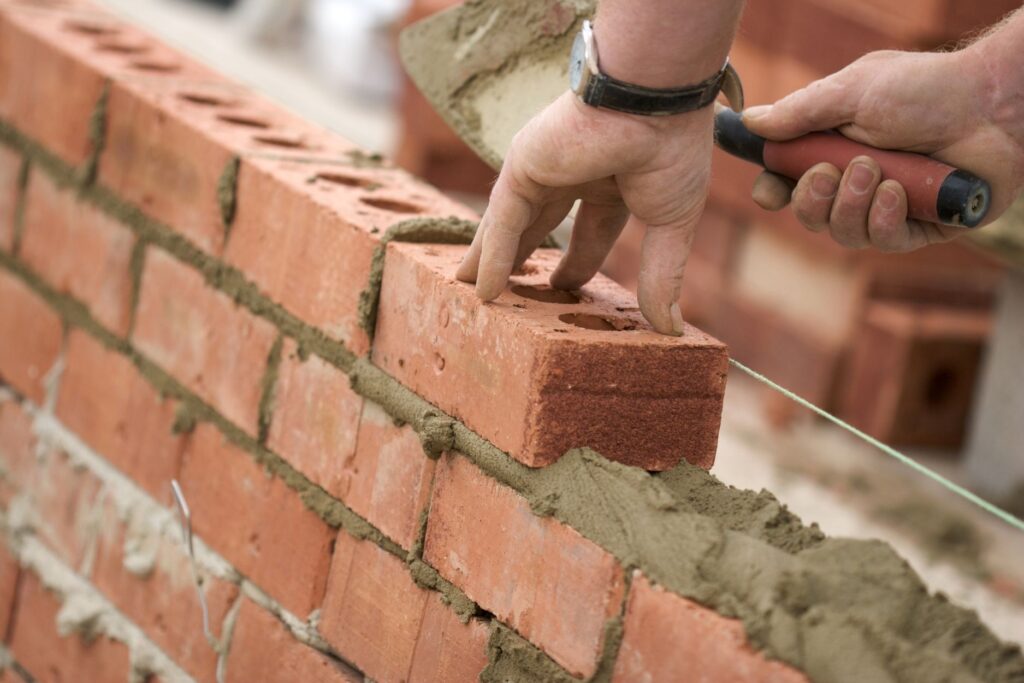Investing in a buy-to-let property can be a lucrative venture, but it comes with its own set of risks and challenges. Here are some key steps a first-time buy-to-let investor should take to ensure a more secure investment:
1. Research the Market
Understanding the property market is crucial. Look into current trends, property prices, and rental yields in different areas. Websites like Rightmove and Zoopla can provide valuable insights into property values and rental rates.
2. Choose the Right Location
Location is one of the most important factors in property investment. Consider areas with strong rental demand, good transport links, and amenities. University towns, city centers, and areas undergoing regeneration often offer good rental prospects.
3. Understand Your Finances
Calculate your budget, including the deposit, mortgage payments, maintenance costs, and other expenses. It’s essential to have a clear understanding of your financial situation and ensure you can cover costs even during void periods when the property is not rented out.
4. Get the Right Mortgage
A buy-to-let mortgage is different from a residential mortgage. Shop around for the best deals and consider consulting a mortgage broker who specialises in buy-to-let properties. Ensure you understand the terms and conditions, including interest rates and repayment options.
5. Consider Property Management
Decide whether you want to manage the property yourself or hire a property management company. Managing the property yourself can save money but requires time and effort. A property management company can handle tenant issues, maintenance, and rent collection, but will charge a fee.
6. Understand Legal Responsibilities
Familiarize yourself with landlord responsibilities and legal requirements, such as safety regulations, tenancy agreements, and deposit protection schemes. Non-compliance can lead to fines and legal issues.
7. Screen Tenants Carefully
Finding reliable tenants is crucial. Conduct thorough background checks, including credit checks, employment verification, and references from previous landlords. A good tenant can reduce the risk of rent arrears and property damage.
8. Maintain the Property
Regular maintenance is essential to keep the property in good condition and retain its value. Address repairs promptly and consider periodic upgrades to attract and retain tenants.
9. Consider Insurance
Landlord insurance can protect you against risks such as property damage, loss of rent, and liability claims. Shop around for comprehensive coverage that suits your needs.
10. Plan for the Long Term
Property investment is typically a long-term commitment. Consider your long-term goals and how the property fits into your overall investment strategy. Be prepared for market fluctuations and plan for different scenarios.
11. Stay Informed
Keep up to date with changes in the property market, tax laws, and regulations affecting landlords. Joining landlord associations and attending property investment seminars can provide valuable information and networking opportunities.
12. Seek Professional Advice
Consulting with professionals such as financial advisors, solicitors, and property experts can provide valuable insights and help you make informed decisions. They can assist with legal matters, tax planning, and investment strategies.
Investing in a buy-to-let property can be a rewarding venture if approached with careful planning and due diligence. By researching the market, understanding your finances, and staying informed, you can mitigate risks and increase your chances of success. Remember, property investment is a long-term commitment, and patience and persistence are key to achieving your investment goals.









